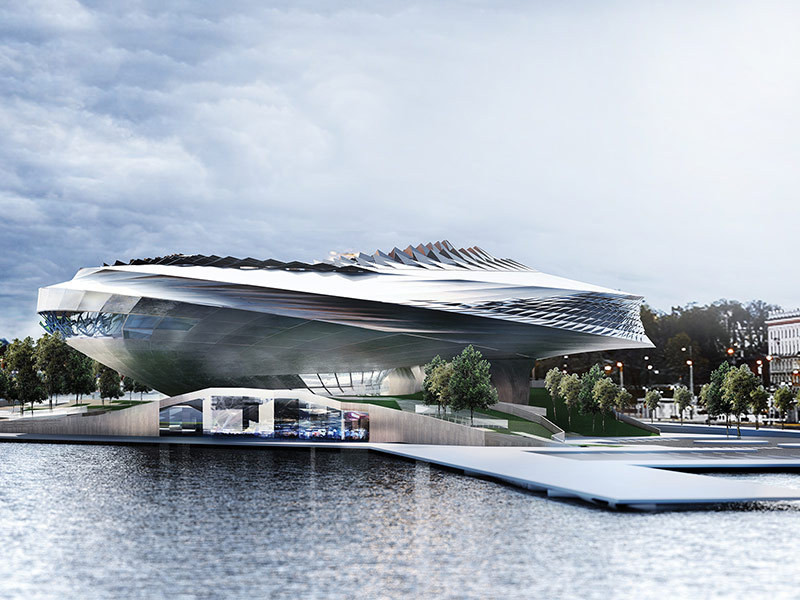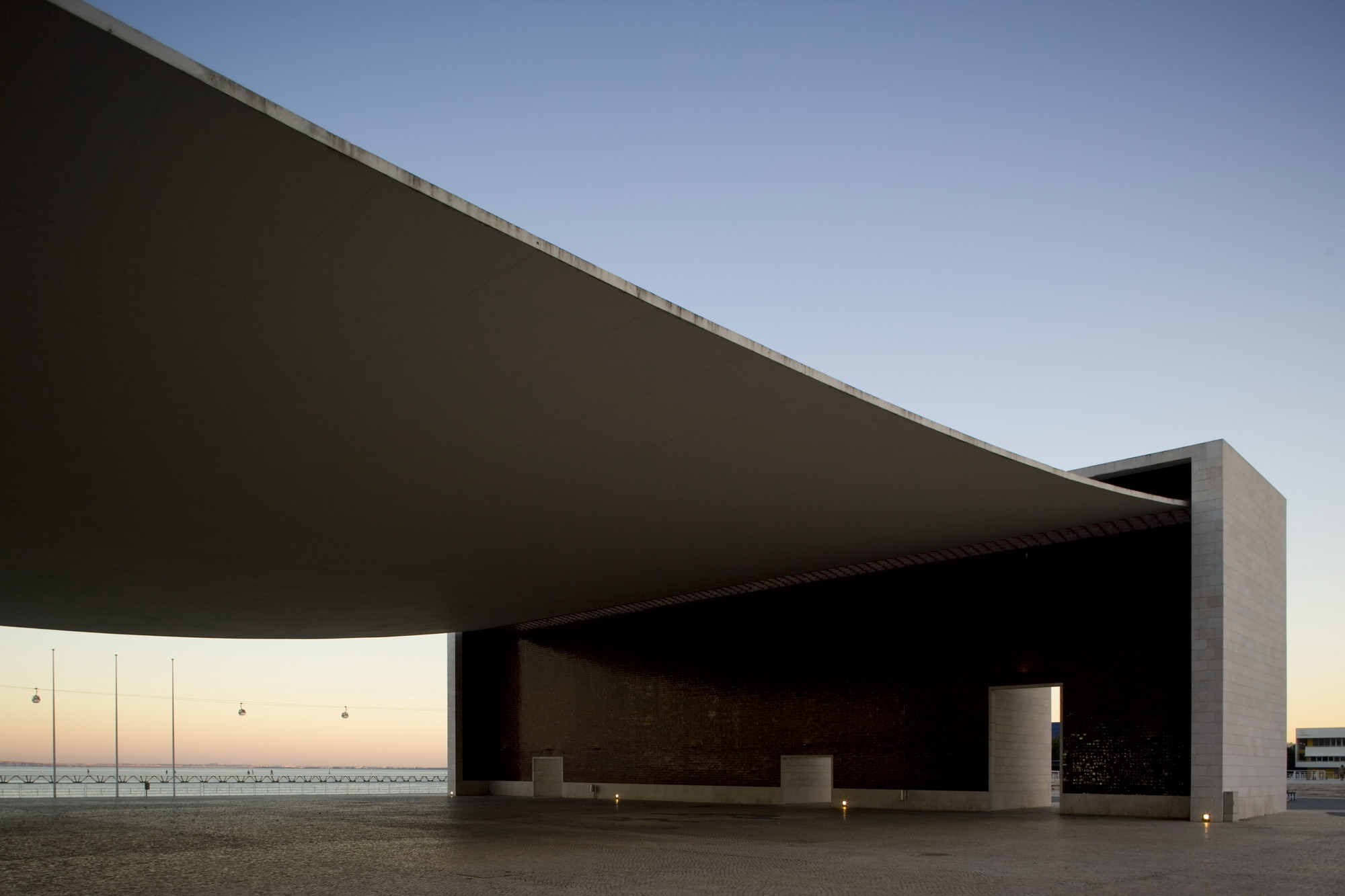
Federico Babina is at it again, this time creating a series of 13 Las Vegas-inspired billboards that advertise architectural concepts of the profession’s most prolific contributors. The idea behind ARCHIQUOTE, as Babina describes, was to put words into manifest examples of architectural concepts and aesthetics from Mies van der Rohe to Rem Koolhaas.
“The words can be considered as architecture,” says Babina. “Simple concepts with deep meanings and complex thoughts explained with simplicity…Billboards that evoke a Las vegas of architecture where the phrases guide us to understand a little more the idea hidden behind the work done with volumes and space… In these 13 illustrations are mixed, intersect and integrate aphorisms and shapes in a communicative game.”
The complete series, after the break.


.jpg?1417633447)







































